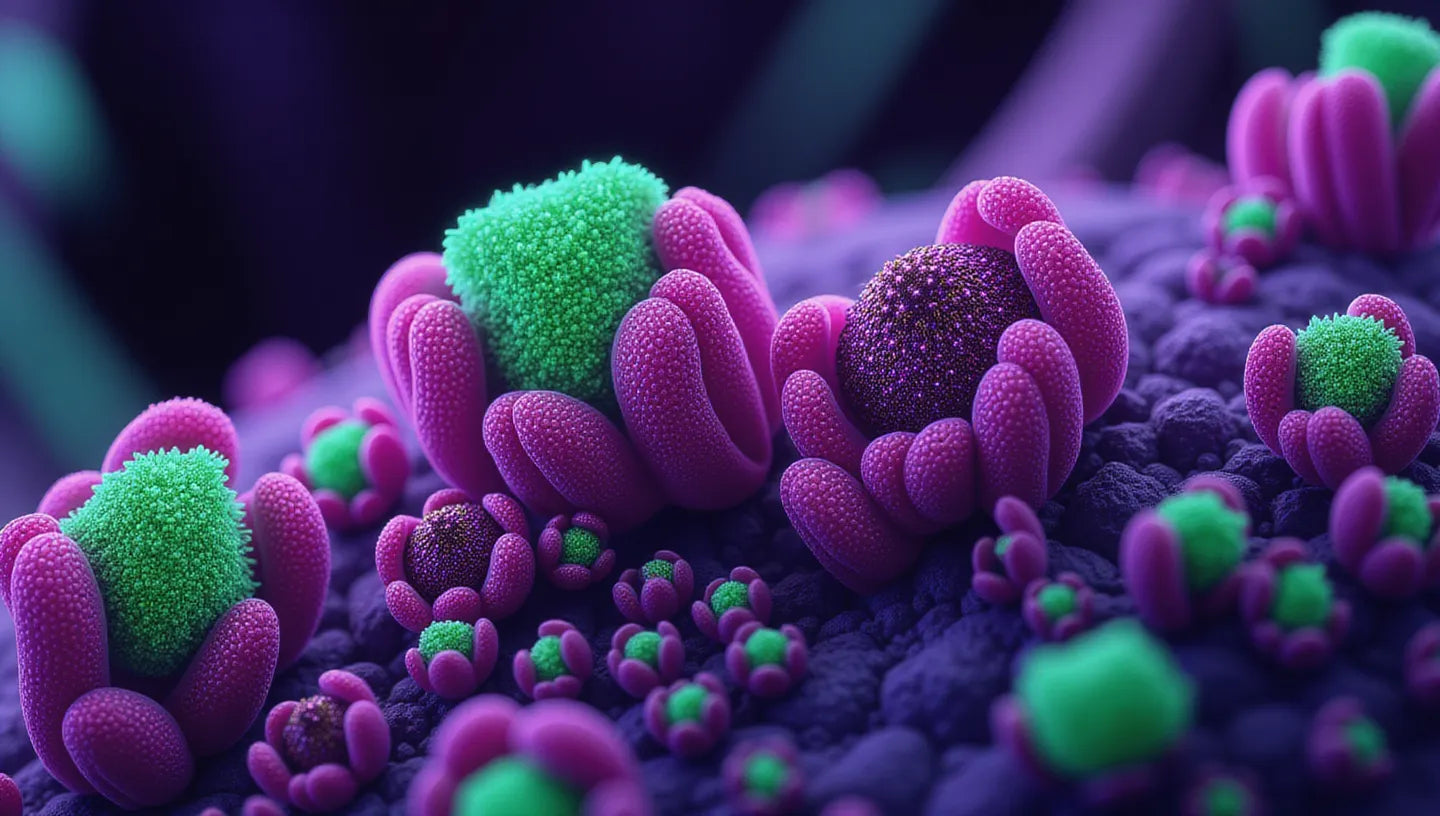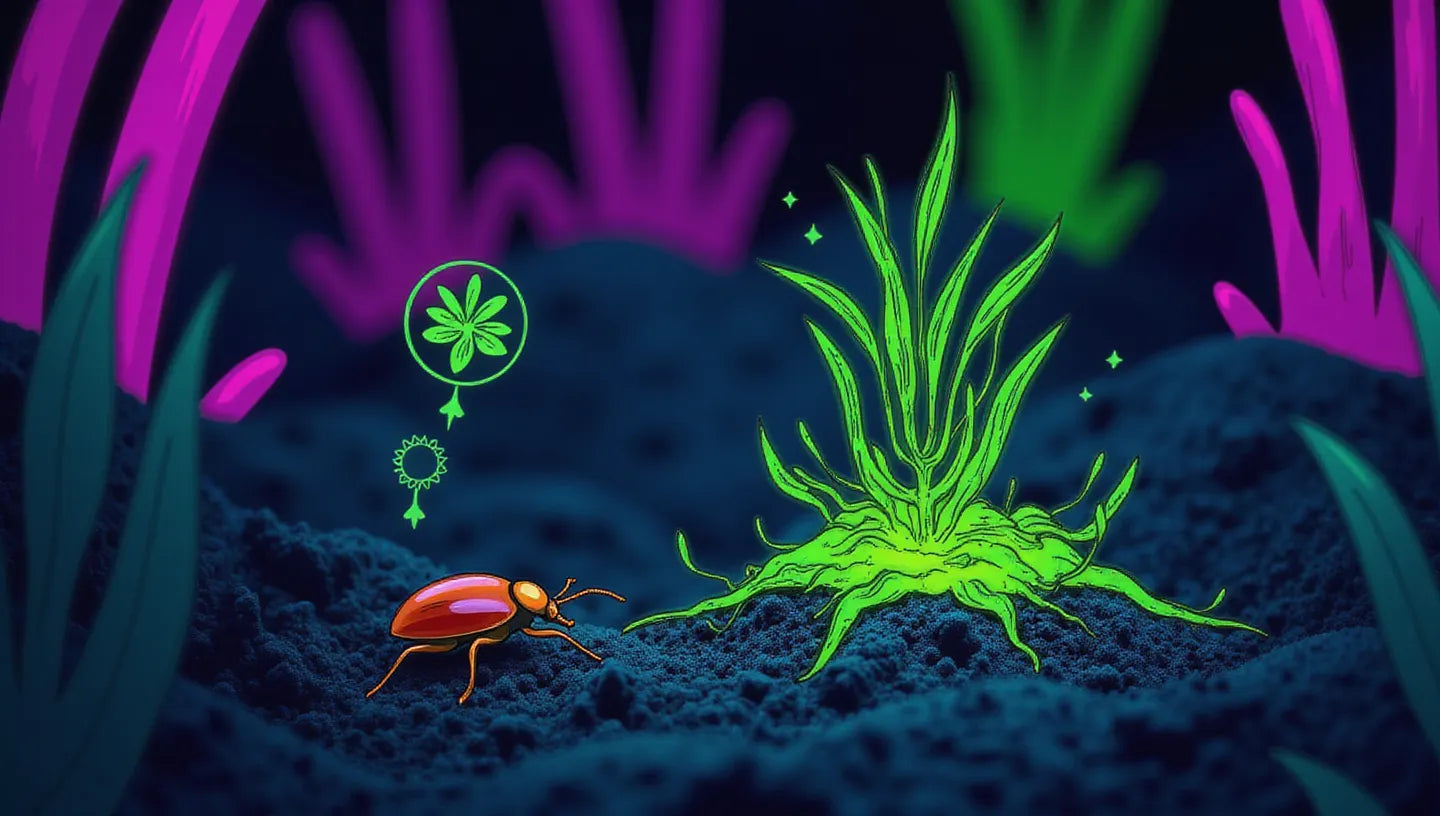Grower's Glossary

What Is an Annulus in Mushrooms?
Learn what the annulus (stem ring) is, how it forms from the partial veil, and why it’s crucial—but never foolproof—for safe mushroom ID and cultivation.

Metuloid Meaning: What Is a Metuloid in Mycology?
Metuloids are thick-walled, crystal-tipped cystidia that help identify tricky mushroom species under the microscope. Learn what they are, where they appear, and why they matter.

What Is Conidia in Fungi?
Learn how conidia—clonal asexual spores—help fungi spread fast, drive crop diseases, and threaten mushroom grows, plus how to spot and manage them.

Biocontrol: Can Nature Really Tackle Invasive Species?
Discover how fungi, insects, and microbes safely control invasive species. Learn the science behind biocontrol, its benefits, and future innovations.

Binomial Nomenclature: Still the Best Way to Name Species?
Learn how binomial nomenclature, DNA barcoding, and scientific naming keep mushroom identification accurate, global, and safe for growers and foragers.

Hyphal Systems: Do They Strengthen Fungal Sporocarps?
Learn how mushroom hyphal systems (monomitic, dimitic, trimitic) shape strength, texture, and durability—and why growers and mycelium-material makers rely on them.

Anamorphic Fungi: What Are They and Why It Matters?
Discover anamorphic fungi—their fast-spreading asexual spores, role in crop disease, and surprising benefits in biotech, medicine, and sustainable agriculture.

Amyloid Protein: What Makes It So Dangerous?
Explore how misfolded amyloid proteins drive diseases like Alzheimer’s, why beta-pleated sheets are so hard to clear, and how fungi reveal functional amyloids.

Acervulus Fungus: What Is It and How Does It Form?
Learn how tiny acervuli—hidden asexual fruiting bodies in fungi—drive plant diseases, slash crop yields, and may even power future eco-friendly biocontrol.
